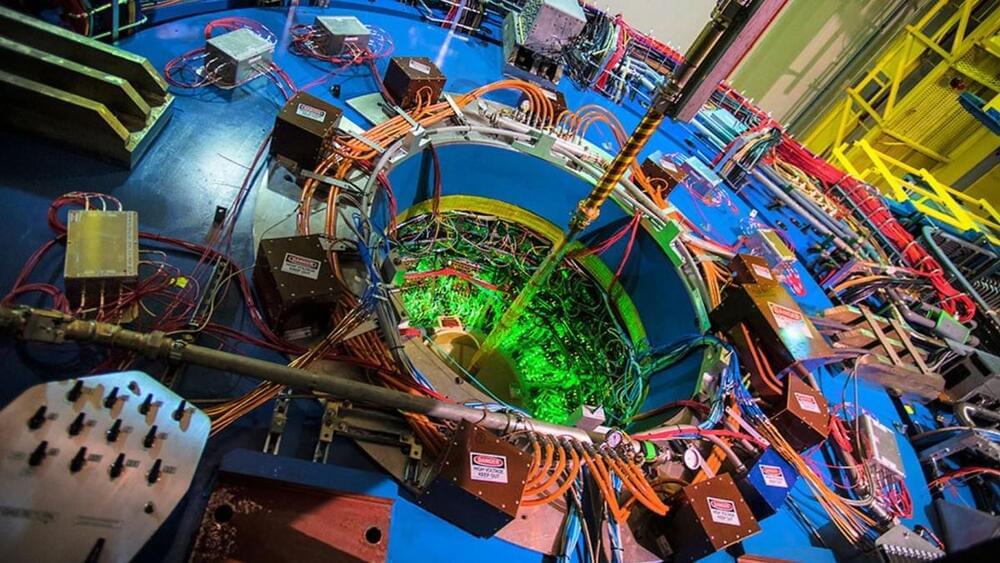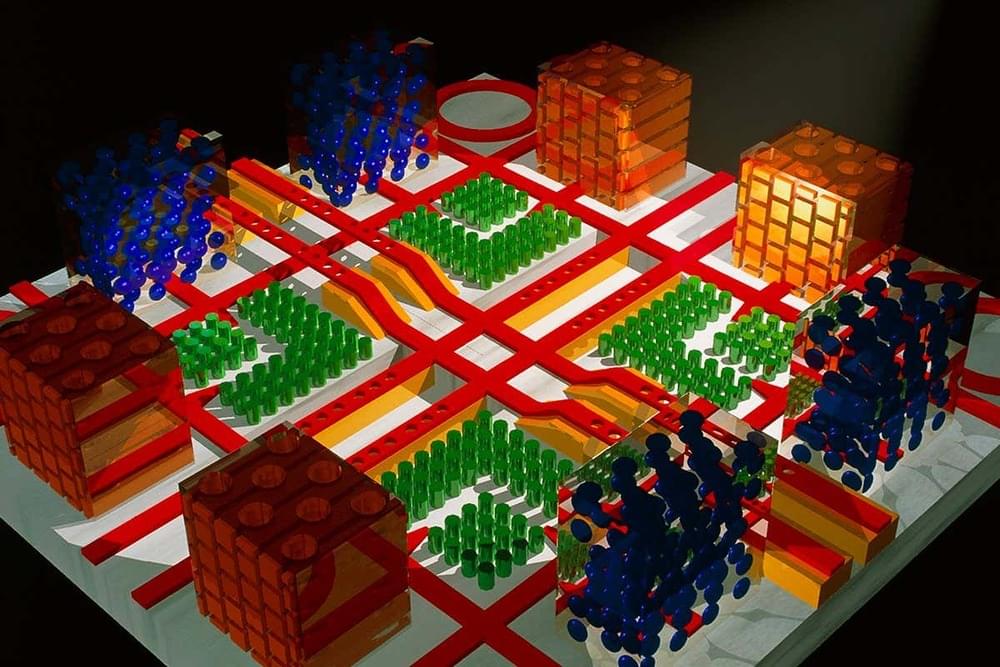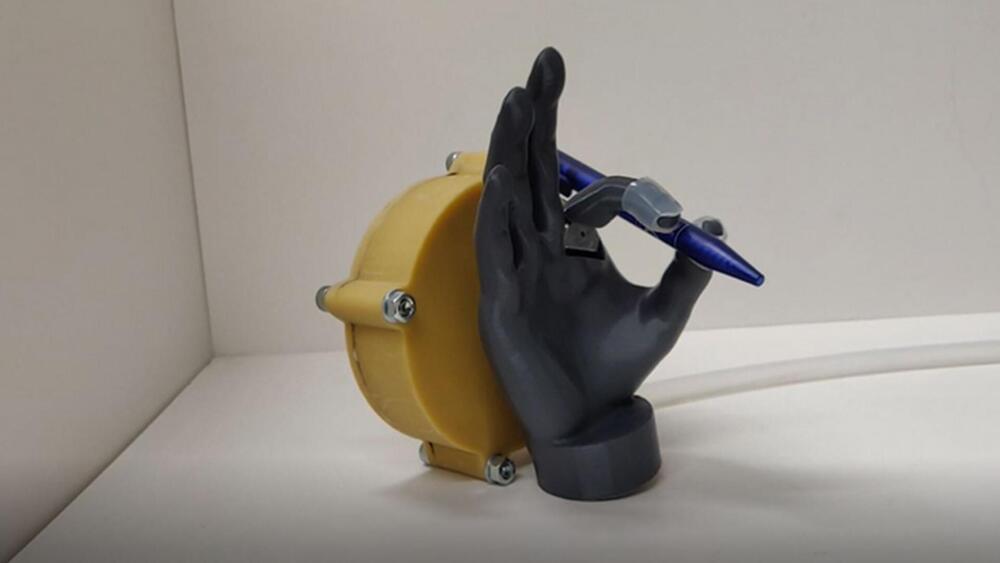Can We Stop the Sun from Destroying Earth?
Isaac Arthur returns to Event Horizon for his annual discussion with John Michael Godier about everything from alien machine civilizations, saving earth from the suns eventual expansion, and the future of humans in this universe.
Isaac Arthur links:
https://www.youtube.com/channel/UCZFipeZtQM5CKUjx6grh54g.
https://twitter.com/Isaac_A_Arthur.
YouTube Membership: https://www.youtube.com/channel/UCz3qvETKooktNgCvvheuQDw/join.
Podcast: https://anchor.fm/john-michael-godier/subscribe.
Apple: https://apple.co/3CS7rjT
More JMG
https://www.youtube.com/c/JohnMichaelGodier.
Want to support the channel?
Patreon: https://www.patreon.com/EventHorizonShow.
Follow us at other places!





